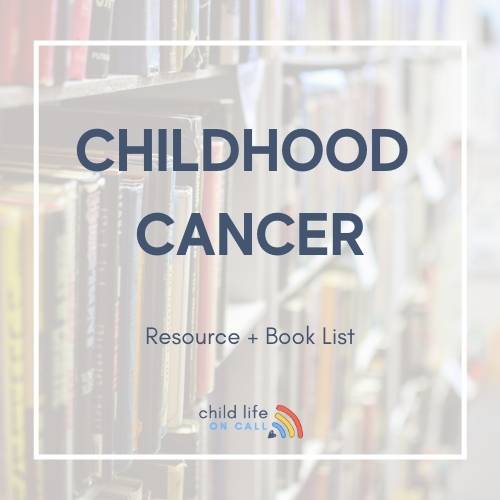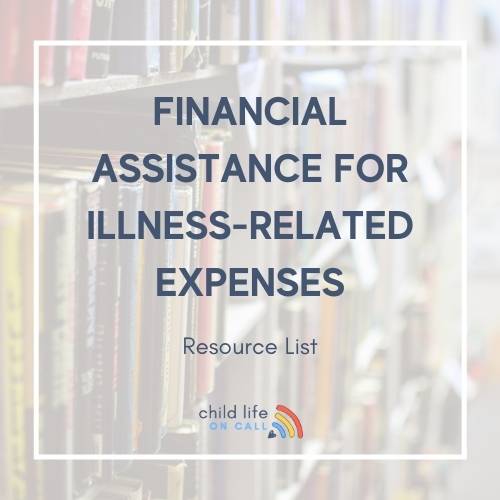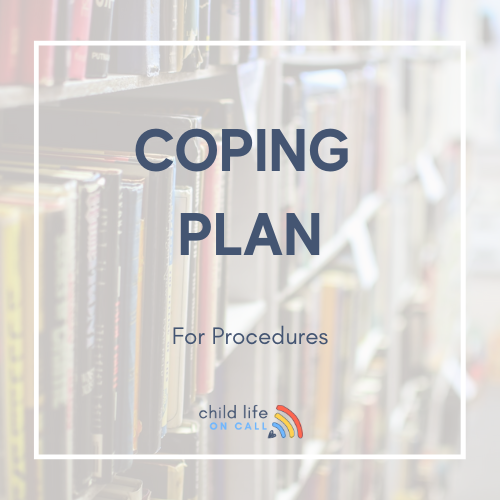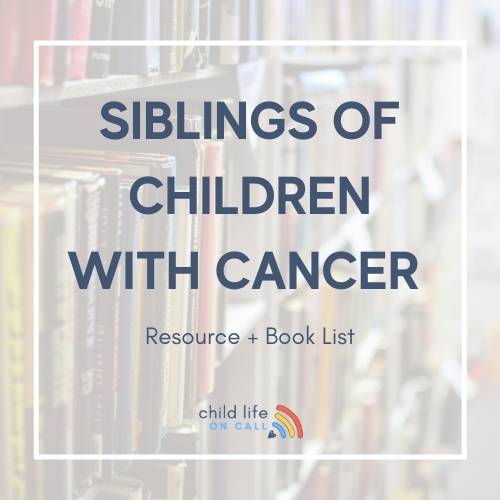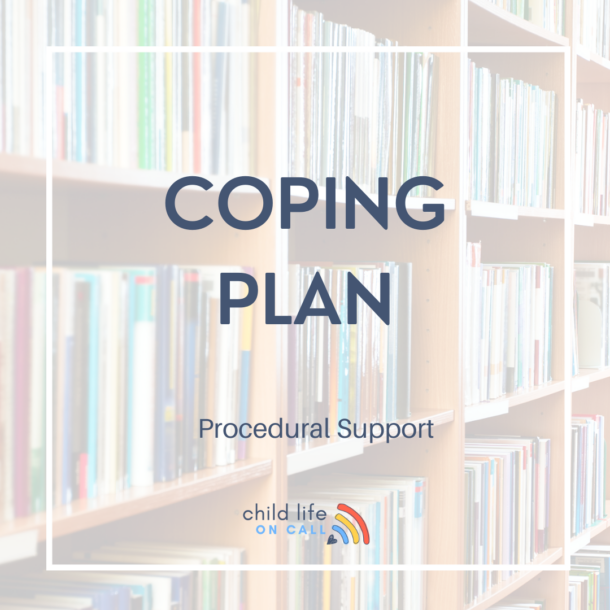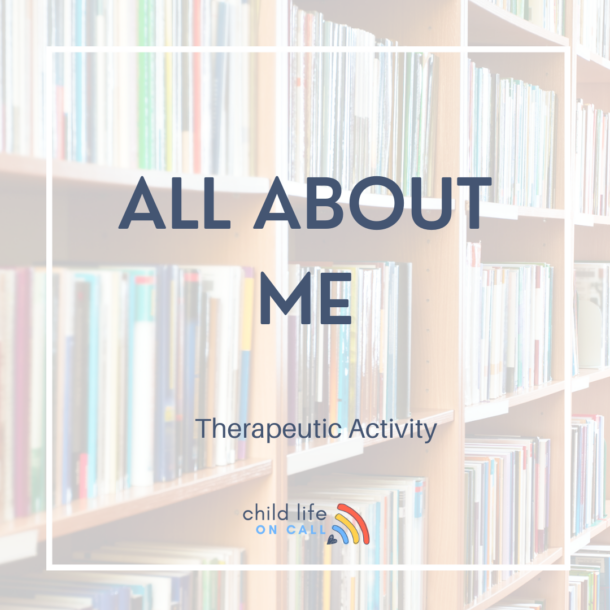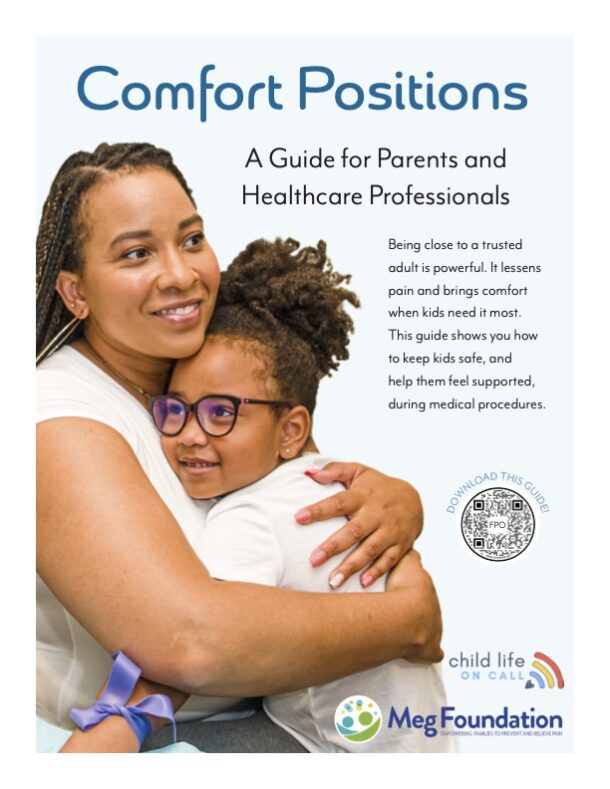By Katie Taylor, CCLS
As adults we can usually identify what may work for us when things aren’t going right. For me, I keep my mouth shut. That may sound weird, but I find the more I talk the more I lose control. So closing my mouth and paying attention to what is happing internally is what helps me the most.
Here are some of the tactics I try (disclosure – I don’t ALWAYS do this, but I’m trying… also this is not THE BEST or ONLY way to cope with things… this is just what I’ve noticed about myself)
- When I’m feeling overwhelmed by my kids – I close my mouth and look at their faces. I search for their “why” rather than use my voice to describe my discontent… err rage.
- When I go through something painful, I close my mouth and get curious about the pain. I barely made a sound during labor and child birth. When I get a blood draw I focus on the feeling and what physical experiences I have.
- When I’m stressed, I retreat to isolation. I find myself blaming others, finding problems and avidly cleaning the kitchen floor.
Now, I am a 37-year-old woman with many years of practice, therapy and self-discovery to find these tactics and they still don’t work 100% of the time… not even close.
So how can we help our children discover the pain management techniques and coping skills that work best for them?
Our kids lack the capacity to control the executive function part of their brain, the part that helps with self control and self regulation. In fact, our brains don’t truly develop this skill until late adolescent.
Because of this, as adults, it’s important for us to use our executive functioning skills to guide our children. They need us to suggest and model coping skills so that they can find what works for them.
For more than a decade, I’ve been observing, assessing and supporting children in pain. Here are Captivating Coping Skills for Kids:
- Verbal connection with caregivers
- Alternative focus and distraction
- Visual stimulation
- Preparation and planning
No need to jump directly into restraints.
No fancy technology.
No isolation from caregivers.
Just captivating skills that can be taught to enhance a child’s ability to cope.
A child life specialist can help children and families identify, practice and implement coping skills.
P.S. My newsletter offers more tips like these Captivating Coping Skills for Kids, parent, professional and diagnosis-specific resources and podcast episodes from parents sharing their own personal experience of having a child with a diagnosis.
Want to read it?
Subscribe here.

